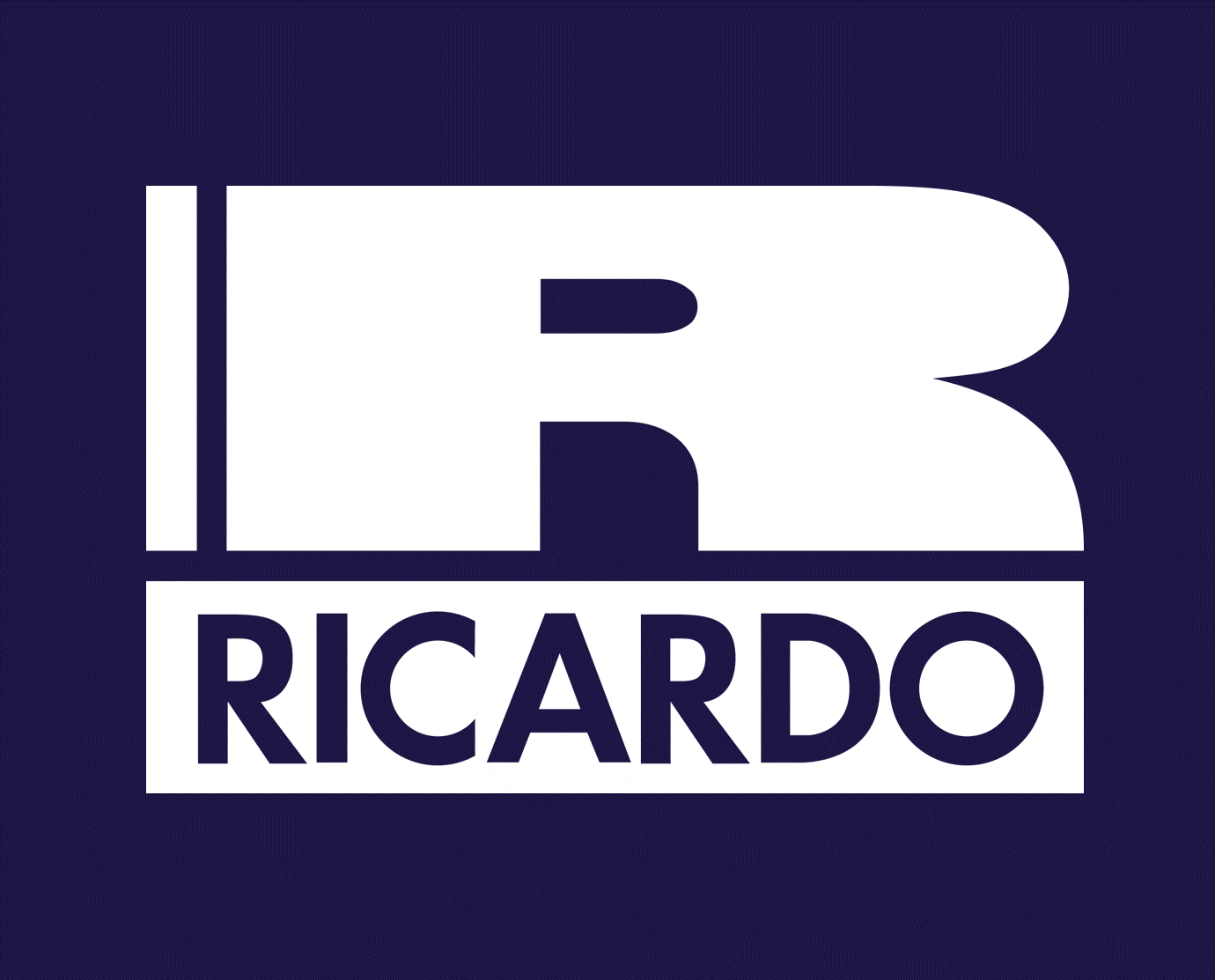Canada enters the high-speed era
Last week’s announcement from the Canadian government - Canada is getting high-speed rail – appears to have finally settled a long-running dispute over the country’s future rail investment.
For years, the debates revolved around whether ‘More stops’ or ‘More speed’ was the way forward. Now, in what will amount to one of the largest infrastructure projects the country has ever undertaken, an original plan for a 'High Frequency Rail' network has evolved into a 1,000km high-speed route between Toronto, Montreal and Quebec City.
Speaking as someone with plenty of experience of Europe’s high-speed networks, I firmly believe it’s the correct choice.
In my time here I’ve noted how some have been quick to chide the standards of Canada's transport infrastructure. ‘The only G7 nation without some form of high-speed rail’ often featured in the arguments as if it was as much a matter of international standing as it was economic logic.
Attempts to bring high-speed rail to the country have been made in the past, but the lack of progress has usually been the result of misaligned priorities between regional and federal politics of the day: by the time local stakeholders were signed up national policy had changed tack, and then vice-versa. Smaller communities along the route would lend their support but only provided services stopped there, shooting down the entire business case in the process.
Canada's need for speed
If the arguments have finally been put to bed, then the government is right to say this will be a transformative project.
Travelling across Canada in the course of my work, I have come to disagree with local perceptions about the country’s transport networks. Extensive upgrades and impressive new transit systems are in progress in its main cities: schemes like the Trillium Line, the Eglinton Light Rail system or the Toronto-Greater Hamilton upgrade programme are testament to a major drive to attract urban populations to public transport.
And it has the regional rail connections. The routes exist, the capacity is already there. By international standards, the pricing is also very favourable.
But what rail in Canada does not have are the speeds - and thus viable journey times - between its largest economic centres. With many passenger trains often compelled to operate at slower speeds due to sharing long sections of track with freight services, current intercity routes can’t compete with air travel or the personal car.
I recently undertook a trip from Toronto to Montreal. The options were: a one hour flight (not including the travel and waiting at airports); a six hour door-to-door car journey; or a five hour-plus trip by train.
The car won out over the flight option on price. But it topped rail travel on almost every metric: convenience, reliability, comfort and, most importantly, time.
“This is a major rail investment with a clear purpose, a huge potential market, and the promise of significant financial returns. It is the sign of transport systems thinking not with a five, ten or twenty-year horizon, but 100 years or more. The building of national infrastructure fit for future generations.”
Ben Faulkner
Senior Vice President - Ricardo Rail & Transit, Canada

The route that Canada is proposing, however, with 300km/hour services on dedicated infrastructure, will, one day, allow me to undertake that journey in just three hours. That makes travelling by rail a very different proposition altogether.
And an attractive one too. The experience of high-speed rail in Europe and Asia, where it is now a mature technology, is that rail routes linking major cities upto 500 km apart in less than three hours do not only compete with air and car travel but emerge as the dominant mode.
On routes in Spain, Italy and the UK, for example, there has been a modal shift of 50% from air travel to rail, inspiring a change in travel habits that also brings environmental benefits (rail travel is, on average, around six times more carbon efficient than flying).
And there would be economic gains too. As well as creating thousands of skilled employment opportunities - and promoting innovation in the country’s technical institutions – the project will plant a new transport ‘backbone’ through the Toronto - Quebec City corridor, a region that generates 40% of national GDP and is home to around 18 million residents.
Stay the course
The challenge now is for all parties to stay the course.
In such a complex project there are a multitude of technical, financial and political obstacles to come. Many high-speed schemes around the world have been paused, truncated or even cancelled as the challenges piled up.
But this scheme should benefit from so much prior debate and forethought. It was interesting to note the emphasis in the government’s own announcement that the plan follows ‘years of careful deliberations and de-risking’.
This is a major rail investment programme with a clear purpose, a huge potential market, and the promise of significant financial returns.
It is the sign of a transport system thinking not in five, ten or twenty-year horizons, but in terms of 100 years or more. The building blocks of national infrastructure fit for future generations. And one that the nation will be proud of.









